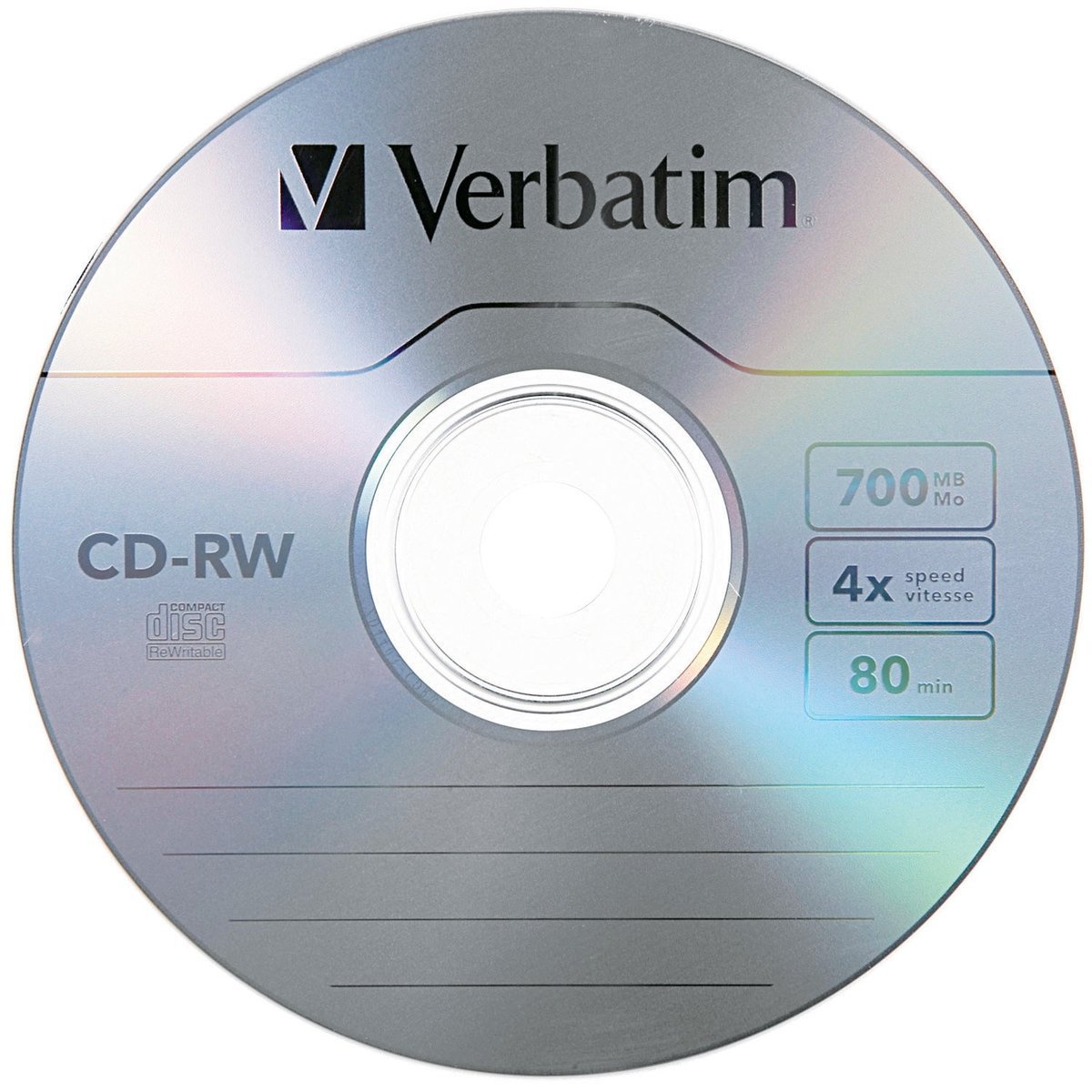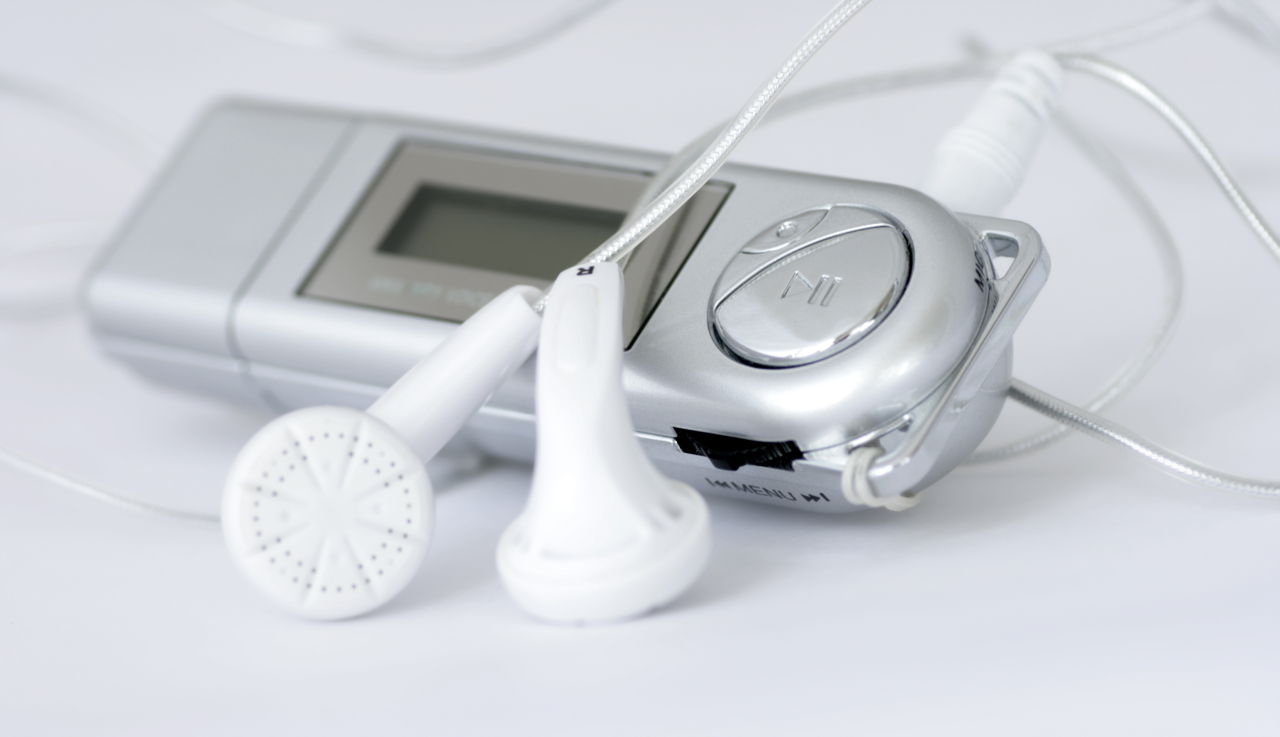Home>Production & Technology>MP3>How Many Songs Can A 700MB CD Hold In MP3 Format


MP3
How Many Songs Can A 700MB CD Hold In MP3 Format
Published: December 8, 2023
Discover how many MP3 songs can fit on a 700Mb CD and optimize your storage space. Stay organized with our guide on CD capacity for your favorite music tracks.
(Many of the links in this article redirect to a specific reviewed product. Your purchase of these products through affiliate links helps to generate commission for AudioLover.com, at no extra cost. Learn more)
Table of Contents
Introduction
Welcome to the world of MP3 format and the fascinating realm of digital music! In today’s fast-paced digital era, where music consumption has shifted from physical CDs to online platforms, it’s essential to understand the ins and outs of MP3s and their impact on our music listening experience. Whether you’re a music enthusiast, a software developer, or just someone curious about the technical aspects of digital audio, this article will provide you with a comprehensive overview of MP3 format and its implications on storage capacity.
MP3, which stands for MPEG-1 Audio Layer 3, is a widely-used audio compression format that revolutionized the way we store and listen to music. Developed by the Moving Picture Experts Group, this format allows for significant compression of audio files without compromising much of the original sound quality. The ability to compress large audio files into smaller sizes, without sacrificing too much fidelity, was a game-changer in the digital music industry.
One of the frequent questions that arise when dealing with MP3 format is how many songs can be stored on a standard 700Mb CD. To answer this question, we need to dive deeper into the capacity and storage calculations, as well as understand the factors that affect the number of songs that can be stored on a CD.
Throughout this article, we will explore the intricacies of MP3 format, discuss the calculations involved in determining CD capacity, delve into bitrate and compression, analyze the factors affecting song length and file size, and ultimately provide you with a comprehensive understanding of how many songs can be squeezed onto a 700Mb CD in MP3 format.
So, fasten your seatbelts and get ready to embark on a journey into the world of MP3s and CD capacities. Let’s unveil the secrets behind this digital audio phenomenon and discover the true potential of storing music in the MP3 format.
The Basics of MP3 Format
Before delving into the specifics of CD capacity and storage calculations, it’s important to understand the basics of MP3 format. MP3 is a lossy audio compression technology that reduces the file size of an audio recording while retaining a satisfactory level of sound quality.
The compression process begins by analyzing the audio data and removing perceptually irrelevant information. This includes sounds that are outside the human hearing range or masked by louder sounds. By discarding this unnecessary information, the file size is significantly reduced without compromising the overall listening experience.
MP3 files achieve compression through the use of algorithms that exploit the limitations of human auditory perception. These algorithms take advantage of psychoacoustic principles, such as the masking effect, which allows the elimination of certain sounds that are masked by louder sounds.
The bitrate of an MP3 file refers to the amount of data that is processed per second. A higher bitrate results in better sound quality but also increases the file size. The most common bitrates for MP3 files range from 128 Kbps (kilobits per second) to 320 Kbps, with 128 Kbps being the standard for most online music platforms.
It’s important to note that the compression in MP3 format introduces a trade-off between file size and audio quality. While the reduction in file size allows for more efficient storage and transfer of audio files, some of the original audio data is permanently discarded, resulting in a slight degradation of quality compared to the original uncompressed source. However, for most listeners, the loss in quality is negligible, and the convenience of smaller file sizes outweighs the minimal decrease in sound fidelity.
MP3 format is widely supported by various devices and software, making it the go-to choice for digital audio distribution. Whether you’re listening to music on your smartphone, computer, or portable media player, chances are you’re interacting with MP3 files on a regular basis. This ubiquity and compatibility make MP3 format a staple in the world of digital music.
Now that we have a basic understanding of MP3 format, let’s explore how this compression technology relates to CD capacity and storage calculations, and how many songs we can fit onto a 700Mb CD in MP3 format.
CD Capacity and Storage Calculations
When it comes to storing MP3 files on a CD, we need to consider the available storage capacity of the disc. The most common type of CD that is used for audio storage is the standard 700Mb CD. This indicates that the CD has a storage capacity of 700 megabytes.
Calculating the number of songs that can be stored on a CD depends on various factors, including the average file size of the MP3 songs and the available storage space on the CD. Typically, a three to four-minute song in MP3 format has an average file size of around 4 to 5 megabytes, depending on the bitrate and level of compression.
To determine the number of songs that can fit on a CD, we can use a simple mathematical calculation. By dividing the available storage space on the CD (700Mb) by the average file size of the MP3 songs, we can estimate the approximate number of songs that can be stored.
For example, if we assume an average file size of 4.5 megabytes per song, the calculation would be as follows:
700Mb (CD capacity) divided by 4.5Mb (average file size) equals approximately 155 songs.
Keep in mind that this is an approximate estimate, as the actual size of MP3 files can vary depending on factors such as bitrate, compression settings, and audio complexity. Additionally, formatting and metadata embedded within the audio files can also affect the overall file size.
Furthermore, it’s important to leave some space on the CD for other necessary files, such as the file system information. This means that the maximum number of songs that can be stored on a standard 700Mb CD will likely be slightly lower than the calculated estimate.
In addition to the standard 700Mb CD, there are also other CD formats available, such as the 800Mb CD and the 900Mb CD. These larger capacity discs can store even more songs, allowing for an increased number of MP3 files.
With these CD capacity and storage calculations in mind, be sure to allocate enough space on the disc for your desired songs and account for any potential limitations or variations in file sizes. By doing so, you can make the most efficient use of the available storage space and enjoy a wide selection of your favorite music on a single CD.
Bitrate and Compression
When it comes to MP3 files, two key factors play a significant role in determining both file size and audio quality: bitrate and compression.
Bitrate refers to the amount of data processed per second in the audio file. It is measured in kilobits per second (Kbps) and determines the level of audio quality. Higher bitrates result in larger file sizes but also provide better sound fidelity, as more data is preserved during the compression process.
Choosing the appropriate bitrate for your MP3 files depends on your preferences and the intended use of the audio. For example, if you are archiving high-quality music or audio recordings, a higher bitrate (e.g., 320 Kbps) is recommended to ensure the best possible sound reproduction. However, if you are more concerned with conserving storage space, a lower bitrate (e.g., 128 Kbps) may be sufficient for casual listening.
Compression, on the other hand, is the process of reducing the file size of an audio recording while maintaining an acceptable level of sound quality. MP3 files utilize a form of compression known as lossy compression, which selectively removes perceptually irrelevant information from the audio data.
During the compression process, the intricate details of the audio waveform are analyzed, and elements that are deemed less important to the human ear are discarded. This includes frequencies that are outside the range of human hearing or are masked by louder sounds. By removing these unnecessary elements, the file size is significantly reduced without noticeable degradation in sound quality for most listeners.
It’s important to note that, due to the lossy nature of MP3 compression, there will always be some loss of audio fidelity compared to the original uncompressed source. However, the trade-off between file size and perceived audio quality is carefully balanced in MP3 format to ensure an optimal listening experience for the majority of users.
When it comes to encoding MP3 files, various software and applications allow you to adjust both the bitrate and compression settings to suit your preferences and specific requirements. The choice of bitrate and level of compression depends on the trade-off between storage efficiency and audio quality that you find most comfortable.
Additionally, advancements in audio compression technology have led to the development of newer codecs such as AAC (Advanced Audio Coding) and Opus, which offer improved compression efficiency and better sound quality at lower bitrates. These codecs are commonly found in newer streaming platforms and devices, providing a more immersive audio experience while conserving bandwidth and storage space.
By understanding the relationship between bitrate, compression, file size, and audio quality, you can make informed decisions when encoding your MP3 files and strike a balance that suits your needs. Whether you prioritize audio fidelity or efficient storage, the flexibility of MP3 format allows you to tailor your music experience to your liking.
Determining Song Length and File Size
When it comes to determining the length of a song and its corresponding file size in the MP3 format, several factors come into play, including the bitrate, audio complexity, and audio length.
The duration of a song is a straightforward measurement and refers to the total length of the audio recording. Songs can vary in length, from just a few seconds to several minutes.
However, the file size of an MP3 song depends on several factors. The most significant factor is the bitrate, which determines the amount of data processed per second. Higher bitrates result in larger file sizes, as more audio data is preserved during the compression process.
Additionally, the audio complexity also plays a role in determining the file size. Complex audio with a wide range of frequencies and intricate details will require more data to accurately represent the sound. Conversely, simpler audio with fewer variations in frequencies and lower levels of detail will result in smaller file sizes.
For example, a three-minute song encoded at a bitrate of 128 Kbps will have a smaller file size compared to the same song encoded at a bitrate of 320 Kbps. The higher bitrate retains more audio data, resulting in a larger file size but also providing better audio quality.
It’s important to note that the bitrate is not the only factor affecting file size. Other factors, such as the level of compression used in the MP3 encoding process, can influence the final file size as well. Different software and encoding algorithms may produce slightly different file sizes with the same bitrate. Therefore, it’s essential to consider these variables when estimating the storage requirements for your MP3 music collection.
Furthermore, it’s worth mentioning that the perceived audio quality depends on a combination of factors, including the bitrate, compression level, and the listener’s own preferences. While higher bitrates generally offer better audio quality, there may be instances where listeners cannot distinguish a significant difference between lower and higher bitrates, especially when using lower-quality playback devices or in noisy environments.
To summarize, when determining the length and file size of an MP3 song, consider the bitrate, audio complexity, and audio length. Higher bitrates result in larger file sizes and better audio quality, while complex audio may require more data to accurately represent the sound. By understanding these factors, you can optimize your MP3 music collection and strike the right balance between file size and audio quality.
Factors Affecting CD Capacity
While a standard 700Mb CD may seem like a fixed capacity, there are several factors that can affect the actual CD capacity when it comes to storing MP3 files.
1. Formatting and File System:
A CD needs to have some space allocated for formatting and file system information, which reduces the available storage capacity. Different file systems, such as ISO 9660 or UDF, require a certain amount of space for their structures and metadata.
2. Error Correction:
CDs employ error correction techniques to ensure data integrity. This involves adding extra data to the disc to allow for the detection and correction of errors. While this is crucial for reliable data storage, it further decreases the usable capacity of the CD.
3. Overhead for Directory Structure:
Each file on a CD needs to have a directory entry that specifies its name, location, and other metadata. This directory structure takes up additional space on the CD and reduces the available capacity.
4. Multi-Session and Track Gaps:
Multi-session CDs, which allow for multiple sessions of data to be recorded on the same disc, require additional space in the form of lead-in and lead-out areas. Similarly, the gaps between tracks on an audio CD also reduce the effective capacity of the disc.
5. Disc Quality and Compatibility:
The quality and compatibility of the CD itself can also affect the effective storage capacity. Lower-quality discs or discs with manufacturing defects may have reduced usable space or may be less reliable for storing data.
6. File Compression:
The file compression settings for the MP3 files themselves can affect the actual number of songs that can be stored on a CD. Different compression levels and methods can result in varying file sizes, thereby impacting the number of songs that can fit within the available space.
These factors, along with the aforementioned considerations of file size and average song length, contribute to the final CD capacity for MP3 storage. It’s important to keep these factors in mind when planning to store MP3 files on a CD to ensure that you have an accurate estimation of how many songs can be accommodated on the disc.
By considering these factors and making the necessary adjustments, you can make the most efficient use of the available CD capacity and ensure that your beloved music collection fits comfortably on a single disc while maintaining optimal playback quality.
Conclusion
In conclusion, understanding the intricacies of MP3 format and its relationship to CD capacity is crucial for anyone looking to store and organize their digital music collection. By grasping the basics of MP3 format, bitrate, compression, and file size calculations, you can make informed decisions about the number of songs that can fit onto a 700Mb CD.
MP3 format has revolutionized the way we store and listen to music, allowing for significant compression of audio files without sacrificing too much sound quality. The bitrate and compression settings play a vital role in determining the file size and audio fidelity, making it essential to strike a balance that suits your preferences and storage needs.
When calculating CD capacity, it’s important to consider factors such as formatting and file system, error correction, directory structure, multi-session and track gaps, disc quality, and file compression. These factors can impact the usable space on a CD and affect the number of songs that can be stored.
By considering these factors and understanding the trade-offs between file size and audio quality, you can optimize your music collection for storage and playback convenience. Whether you’re burning a CD for personal use, creating a mixtape, or archiving your favorite songs, being aware of the limitations and possibilities of MP3 format and CD capacity will ensure a smooth and enjoyable music listening experience.
As technology continues to evolve, new formats and storage options may emerge, but the fundamental principles and concepts discussed in this article will remain relevant. Armed with this knowledge, you’ll be well-equipped to navigate the ever-changing world of digital music and continue to enjoy your favorite songs in the most efficient and streamlined manner.
So, go ahead and explore the vast possibilities of MP3 format, unleash your creativity, and create the perfect playlists that fit onto your CDs while preserving the essence of the music you love.











